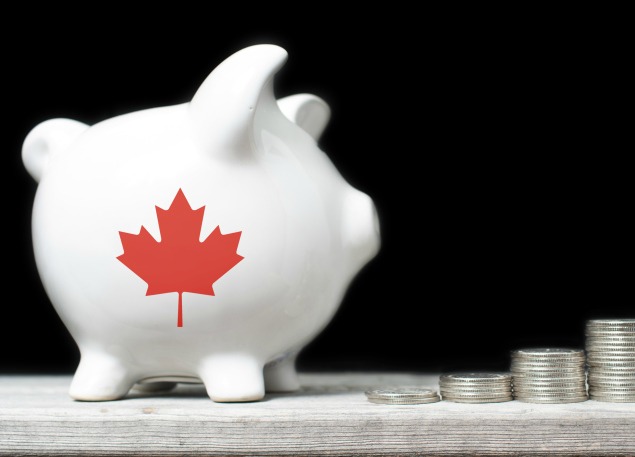 With more than 10 GW of installed capacity in Canada, wind energy now competes with traditional sources of electricity generation in many regions and is approaching parity in some others.
With more than 10 GW of installed capacity in Canada, wind energy now competes with traditional sources of electricity generation in many regions and is approaching parity in some others.
To ensure the future viability of the technology, wind developers and their supply chain partners must recognize that several elements go into the overall cost of a wind project. Certain costs can be controlled by the project participants. Others, such as balance-of-plant (BOP) construction costs, are largely dictated by the host region or country.
In Canada, for example, BOP costs are generally higher compared to U.S.-based projects. According to Michael O'Sullivan, senior vice president at NextEra Energy Resources, Canadian BOP costs can run as high as $800/kW to $1,200/kW more than U.S. projects. O'Sullivan and other speakers discussed the topic during a panel session at the recently completed Canadian Wind Energy Association annual conference and exhibition in Toronto.
In wind farm construction, BOP construction generally includes all of the wind farm's infrastructure and facilities except the wind turbines. Therefore, a BOP contract encompasses all aspects of the project not typically covered in a turbine supply contract.
At the recent panel session, O'Sullivan explained that several factors unique to Canada contribute to the higher price tag. For starters, many of the projects in Canada have somewhat smaller nameplates.
For example, project nameplates of 20 MW, 40 MW and 60 MW are not uncommon in Ontario. The challenge is that wind developers are unlikely to realize economies of scale from such a limited amount of wind turbines.
"The 25th turbine off the line costs the same as the first turbine produced," O'Sullivan said.
Additionally, when you factor in Canada's longer-than-desired permitting schedules (typically three to five years) and challenging terrain – not to mention labor costs – wind developers quickly get a sense of how the country's unique attributes can impact the overall price of a wind project.
"When you calculate the size of the project, labor and special costs, those costs are real and drive a giant cost disadvantage compared to the U.S.," O'Sullivan said.
Paul Judge, an executive product manager at GE Power and Water, agreed. He said that the trend of using larger components on projects will undoubtedly push project costs higher.
"You'll see towers going to 130 meters in Canada, but unfortunately, the logistics costs scale poorly as you go bigger and bigger."
Nonetheless, developers such as NextEra rationalize these Canadian idiosyncrasies as the challenges of developing in the country, O'Sullivan said. Relative to the global wind market, he added, Canada's BOP costs represent "a very good number."



